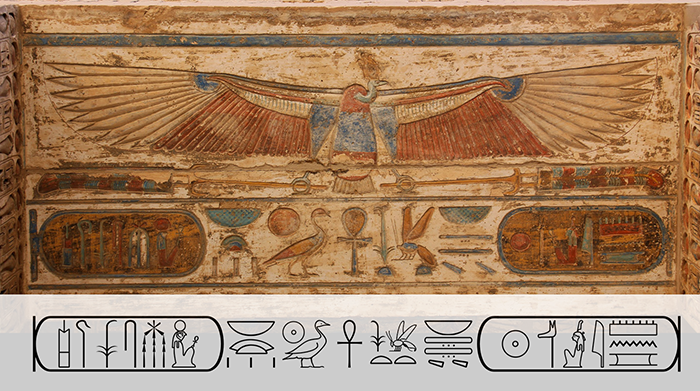 Version 12.0 of the Unicode Standard is now available, including the core
specification, annexes, and data files. This version adds 554 characters, for a
total of 137,929 characters. These additions include four new scripts, for a
total of 150 scripts, as well as 61 new emoji characters.
Version 12.0 of the Unicode Standard is now available, including the core
specification, annexes, and data files. This version adds 554 characters, for a
total of 137,929 characters. These additions include four new scripts, for a
total of 150 scripts, as well as 61 new emoji characters.The new scripts and characters in Version 12.0 add support for lesser-used languages and unique written requirements worldwide, including:
- Elymaic, historically used to write Achaemenid Aramaic in the southwestern portion of modern-day Iran
- Nandinagari, historically used to write Sanskrit and Kannada in southern India
- Nyiakeng Puachue Hmong, used to write modern White Hmong and Green Hmong languages in Laos, Thailand, Vietnam, France, Australia, Canada, and the United States
- Wancho, used to write the modern Wancho language in India, Myanmar, and Bhutan
- Miao script additions to write several Miao and Yi dialects in China
- Hiragana and Katakana small letters, used to write archaic Japanese
- Tamil historic fractions and symbols, used in South India
- Lao letters used to write Pali
- Latin letters used in Egyptological and Ugaritic transliteration
- Hieroglyph format controls, enabling full formatting of quadrats for Egyptian Hieroglyphs
Popular symbol additions include:
- 61 emoji characters, including several new emoji for accessibility
- Marca registrada sign
- Heterodox and fairy chess symbols
Also in Version 12.0, the following Unicode Standard Annexes have notable modifications, often in coordination with changes to character properties. In particular, there are changes to:
- UAX #14, Unicode Linebreaking Algorithm
- UAX #29, Unicode Text Segmentation
- UAX #31, Unicode Identifier and Pattern Syntax
- UAX #38, Unicode Han Database (Unihan)
- UAX #45, U-Source Ideographs
- UTS #10, Unicode Collation Algorithm—sorting Unicode text
- UTS #39, Unicode Security Mechanisms—reducing Unicode spoofing
- UTS #46, Unicode IDNA Compatibility Processing—compatible processing of non-ASCII URLs
Over 130,000 characters are available for
adoption
to help the Unicode Consortium’s work on digitally disadvantaged languages
![[badge]](http://www.unicode.org/announcements/ynh-kangaroo.png)
![[badge]](http://www.unicode.org/announcements/ynh-kangaroo.png)
